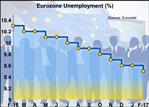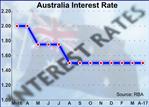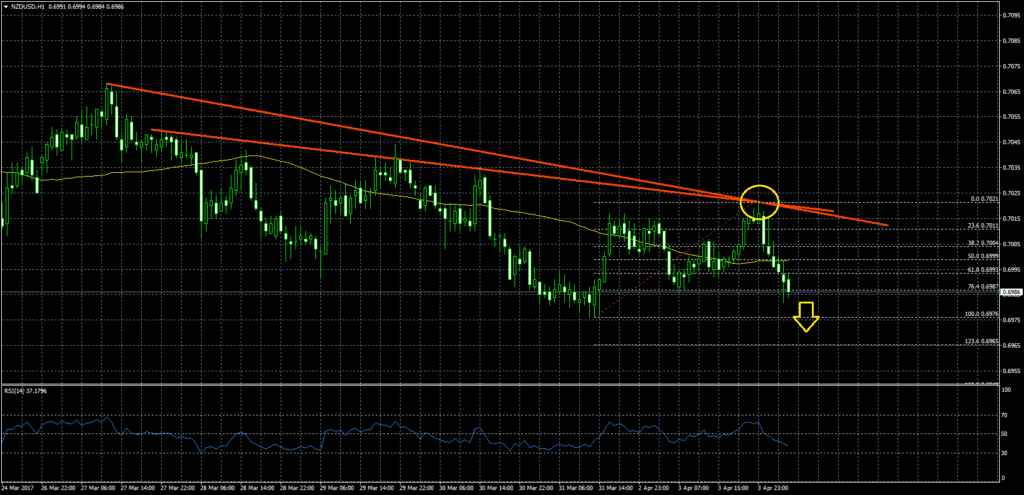The euro area unemployment rate dropped to the lowest level in nearly eight years in February, reflecting the ongoing recovery in the labor market.
The jobless rate fell marginally to 9.5 percent in February, in line with expectations, from 9.6 percent in January, data from Eurostat showed Monday. This was the lowest rate since May 2009.
The number of unemployed decreased by 140,000 from the prior month to 15.439 million in February.
In February, the youth unemployment rate eased to 19.4 percent from 19.8 percent in January. About 2.722 million young persons aged below 25 were unemployed in the euro area.
The EU28 overall unemployment rate slid to 8 percent in February from 8.1 percent in the prior month. The rate was the lowest since January 2009.
Among the member states, the lowest unemployment rates were seen in the Czech Republic, Germany and Malta. Meanwhile, the highest unemployment rates were registered in Greece and Spain.
Eurozone job growth could accelerate in the months ahead, as hiring expectations among businesses have increased significantly in recent months and economic growth has been robust for a while now, Bert Colijn, a senior economist at ING, said.
This could mean that the unemployment rate could fall more quickly than expected, which could result in much needed wage pressures, the economist added.
February's fall in euro-zone unemployment and the rise in the manufacturing PMI in March supported other evidence that the economy is performing well, Jennifer McKeown, chief European economist at Capital Economics, said.
According to the purchasing managers' survey results, published by IHS Markit, Eurozone factory activity grew at the fastest pace in almost six years in March.
The factory Purchasing Managers' Index rose to a 71-month high of 56.2 in March, in line with the flash estimate, from 55.4 in February.
The PMI survey showed that the manufacturing employment increased for the thirty-first consecutive month. Moreover, the pace of job creation regained the momentum lost in February to hit a near six- year record.
A separate report from Eurostat showed that producer price inflation climbed to 4.5 percent in February from 3.9 percent in January, largely on energy prices.
by RTT Staff Writer
For comments and feedback: editorial@rttnews.com
Economic News
What parts of the world are seeing the best (and worst) economic performances lately? Click here to check out our Econ Scorecard and find out! See up-to-the-moment rankings for the best and worst performers in GDP, unemployment rate, inflation and much more.





